Hello Vladimir,
I saw that Spider has developed the possibility to user productivity periods, which is awsome! These productivity periods are time-based, similar to cost periods. This is great for modeling lower productivity during certain periods like winter, without the hastle of defining lower working work weeks and calendar exceptions.
How do you reccomend modeling lower/higher productivity depending on volume of work?
Example:
Water waste pipe excavation:
Lenght: 500m
Medium depth: 2,5m, productivity 6,25m per hour;
Minimum depth: 1,5m, productivity 12,50m per hour;
Maximum depth: 5m, productivity 2,5m per hour.
It is a bit impractical to make activities for each depth since depending on the natural terrain you may have fluctuations in depth. You may have between 5 and 20 fluctuations in depth for 500m of pipe.
On a related subject, I saw the possibility to increase/decrease productivity at the activity level by using the "Percentage change of assignment productivity", which is very nice. I tried to see if the productivity periods take into account this functionality, bascally if you use both if the productivity is increased/decreased twice, but it does not seem so, one cancels the other. Please correct me.
Also regarding "Percentage change of assignment productivity" could you explain the use of this, I am pretty sure the intended use is other than what I think it would be useful for.
Best regards,
Bogdan
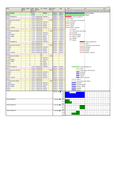
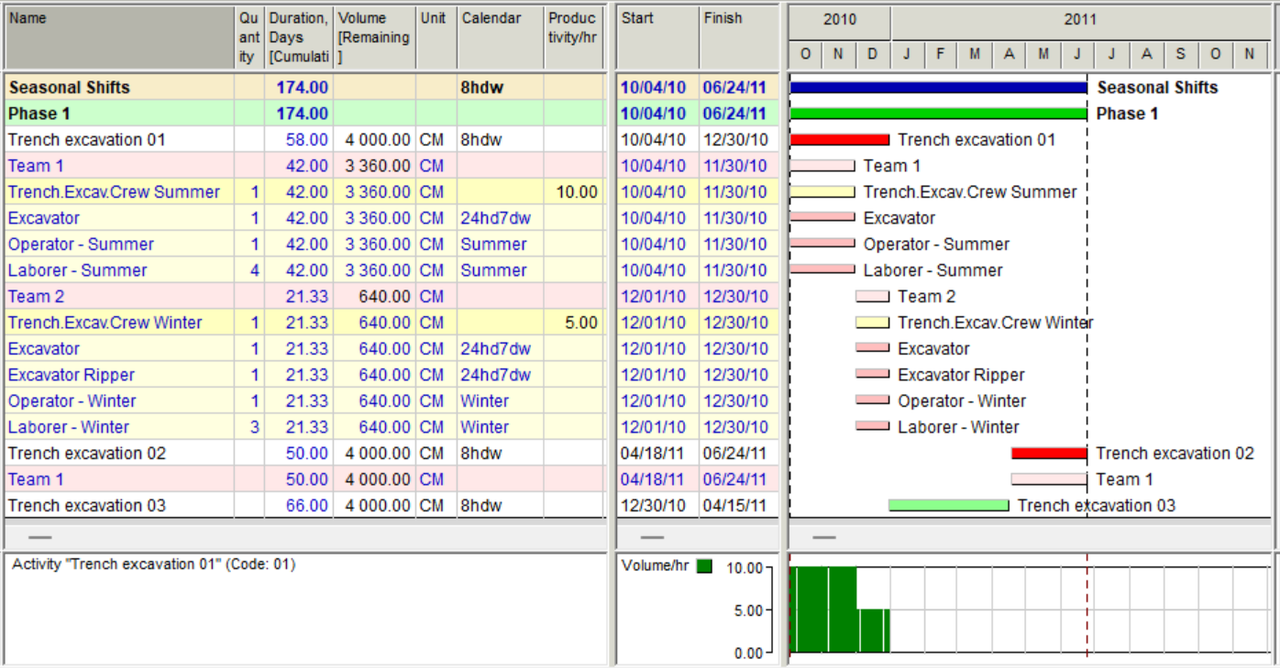
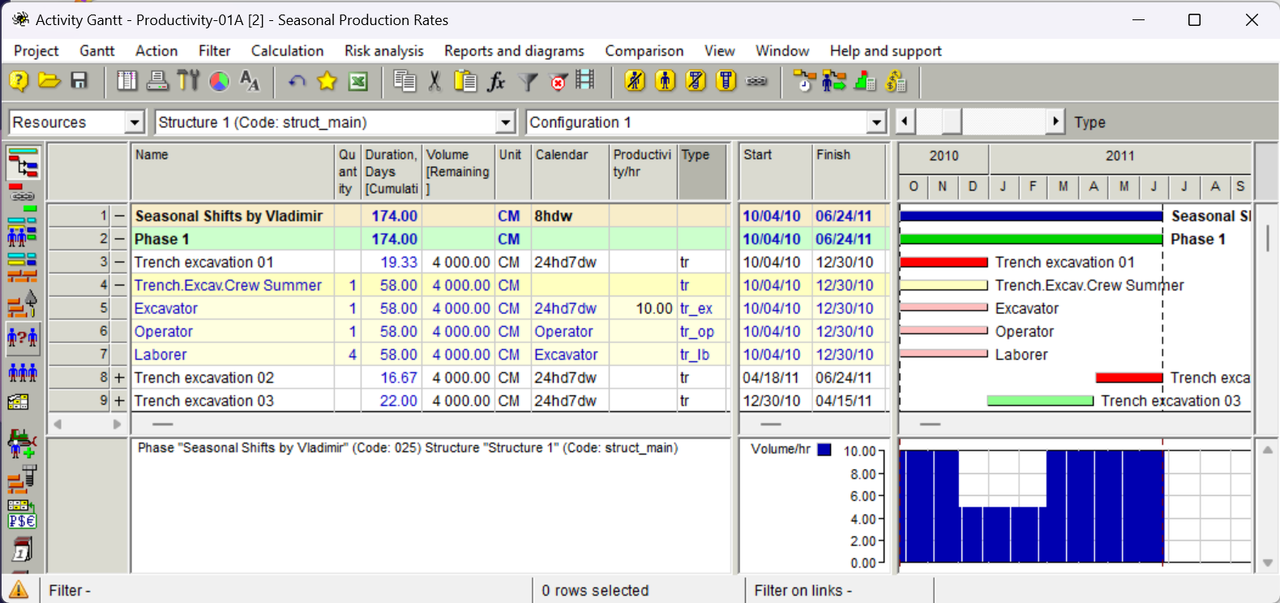
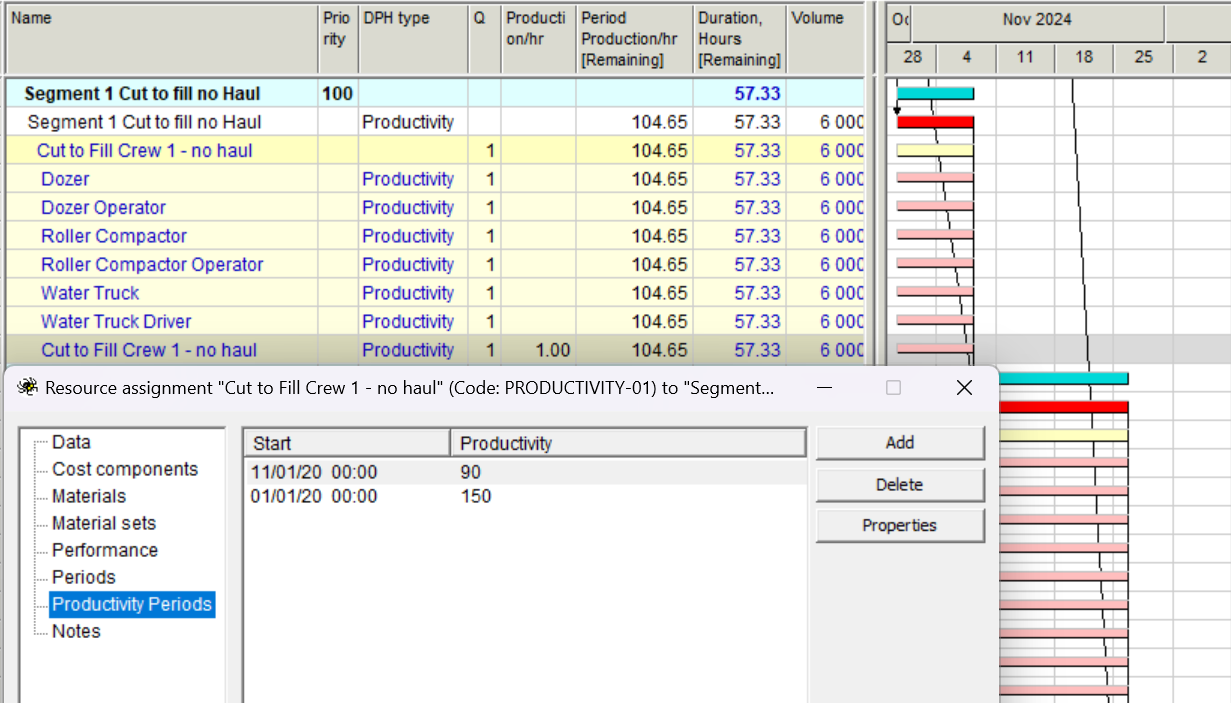

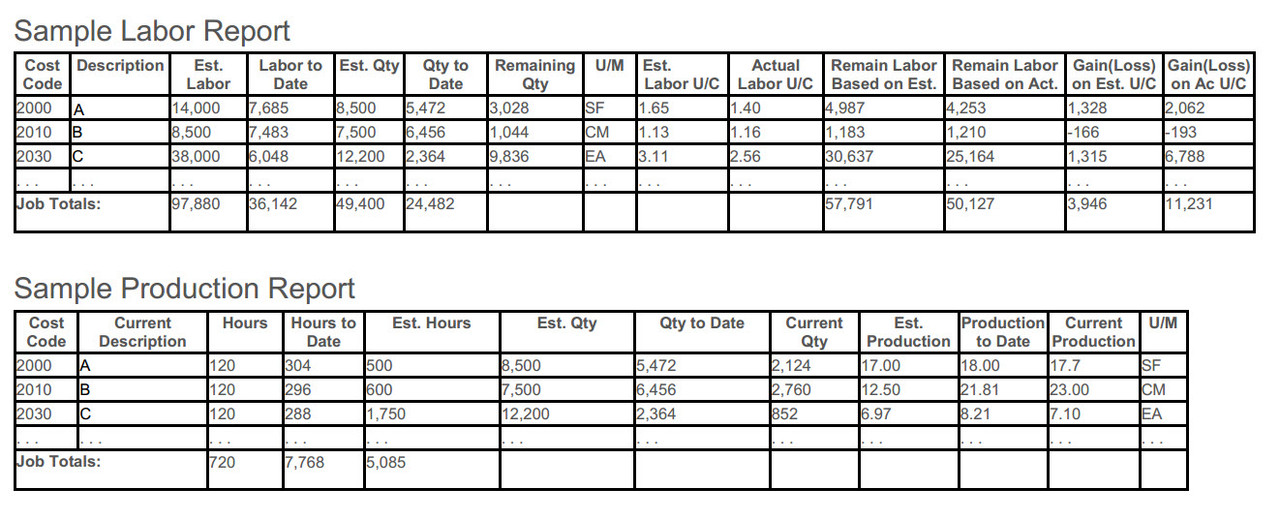






Replies